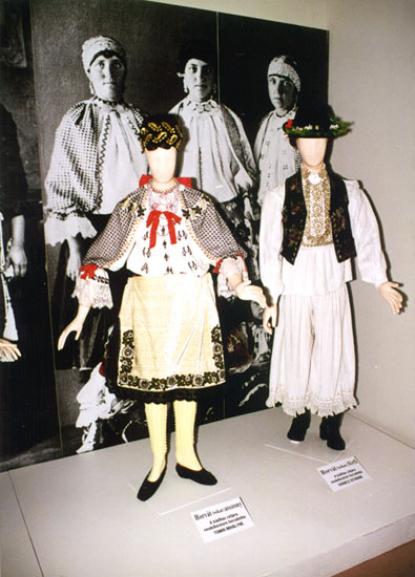2025. December 20. Saturday
Kossuth Cinema Gallery - Mohács
 |
Address: 7700, Mohács Deák tér 3.
Phone number: (69) 311-031, (69) 510-477
E-mail: mohacsmozi@gmail.com
Opening hours: Mon-Sat 10-16
|
Museum tickets, service costs:
|
Ticket for adults
|
300 HUF
|
|
|
Ticket for students
(over 14 years of age)
|
200 HUF
|
|
|
Ticket for children
(under 14 years of age)
|
100 HUF
|
|
|
Ticket for pensioners
|
200 HUF
|
Mohács is the most Southern Hungarian town by the side of the Danube. It had been inhabited before the Hungarian conquest. After the Hungarian settlement it was known for centuries as a fishing village.

During the 16th century Turkish invasion it was among the first destroyed settlements. The so-called Mohács battle was fought somewhat to the South of the current town.
After the Turkish occupation the inhabitants - helped by the German, Croatian and Serb settlers - rebuilt the town. In the following centuries the industry of the town was much enhanced by the favourable conditions of the place (shipping, commerce).
In Mohács the various ethnic groups lived in peace with one another. All of them kept their own culture and traditions, but used no forces against he other.
The multi-costume of the town is represented by mostly those pieces that were recently worn or still used today. The Catholic, Calvinist, Croatian, German,Serb and gipsy costukmes are all demonstrated.
(Rózsa Begovácz)

During the 16th century Turkish invasion it was among the first destroyed settlements. The so-called Mohács battle was fought somewhat to the South of the current town.
After the Turkish occupation the inhabitants - helped by the German, Croatian and Serb settlers - rebuilt the town. In the following centuries the industry of the town was much enhanced by the favourable conditions of the place (shipping, commerce).
In Mohács the various ethnic groups lived in peace with one another. All of them kept their own culture and traditions, but used no forces against he other.
The multi-costume of the town is represented by mostly those pieces that were recently worn or still used today. The Catholic, Calvinist, Croatian, German,Serb and gipsy costukmes are all demonstrated.
(Rózsa Begovácz)
